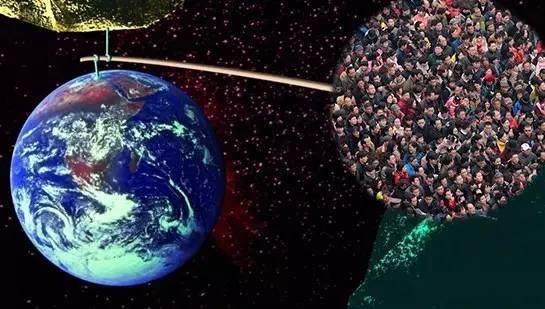
Experts predict that by 2030, the global population’s demand for food will double. In order to meet this demand, food producers are adopting new technologies to increase production at a lower cost. With more and more advanced technology now, animal breeding is no longer limited to traditional breeding techniques. Everyone knows that light and water are both The foundation of life, so now the light is not limited to the traditional sense of sunlight, led poultry breeding (animal fill light) has appeared on the market, from then on, farmers can choose the most suitable one according to the characteristics of the animal itself. Light to increase the meat-to-feed ratio of poultry and better help animals grow.
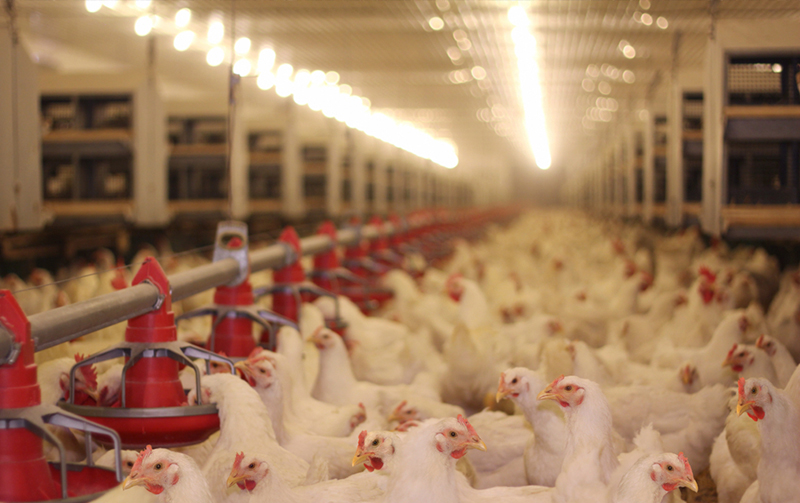
What are the benefits of led poultry farm lights to animals? Using led poultry farm lights to irradiate poultry, pigs, cattle, sheep and other animals, using the unique spectral requirements of poultry, can reduce poultry mortality, regulate circadian rhythm, promote their body’s absorption of vitamin D, increase calcium, and improve immunity Strength, promote growth, shorten the growth and maturity cycle (about 15 days for poultry and 20 days for livestock), increase the egg production rate of poultry by about 25%, increase the milk production rate of cattle and sheep by about 15% and the content of vitamin D in the milk. Significantly increase the production of eggs, meat and other protein sources, while significantly reducing energy use.

Because chicken coops, pig pens, livestock sheds (houses), etc. are all smelly, there are feces everywhere, and they are the best carriers for bacteria to multiply on livestock. As a result, it often leads to fowl disease, swine fever and other livestock diseases. In the slightest, the livestock’s diet is poor; the egg production rate and growth rate are reduced, and the more serious is the death of a large number of livestock. Therefore, bacteria are very harmful to livestock, especially modern chicken, duck, and pig farms. The breeding grounds are very narrow and the livestock is densely populated. It is very easy to spread diseases. Therefore, it is more urgent to sterilize poultry and livestock pens. However, if chemical agents are used for sterilization, it is easy to be eaten by livestock and cause poisoning and death. The use of ultraviolet light to sterilize health care will greatly reduce the odor of poultry and livestock pens, and the infection rate and mortality of livestock. Therefore, led animal lights can also be said to be energy-saving and harmless. It is a very good thing for animals.
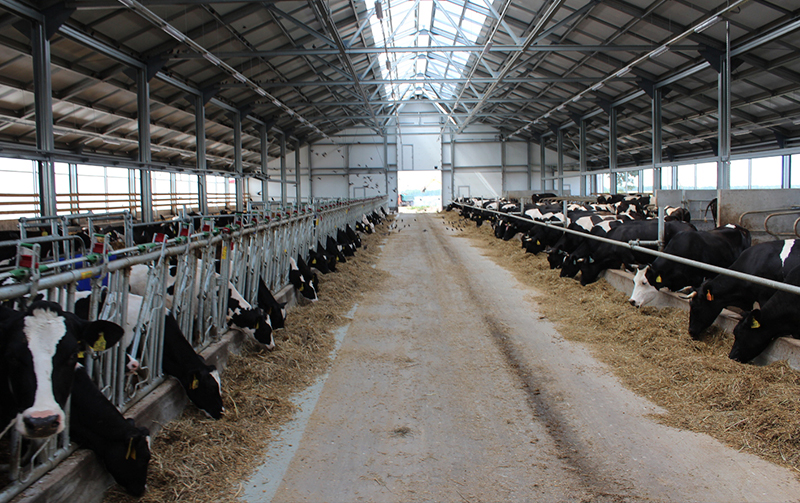
Many livestock farmers still use 60W, 80W and 100W incandescent lamps in their breeding sheds. These lamps are very suitable for the human environment, but incandescent lamps are not the same as sunlight. The best light for humans is not necessarily suitable for other animals. The spectrum of daylight is significantly different from that of incandescent lamps. Daylight is a combination of all colors.
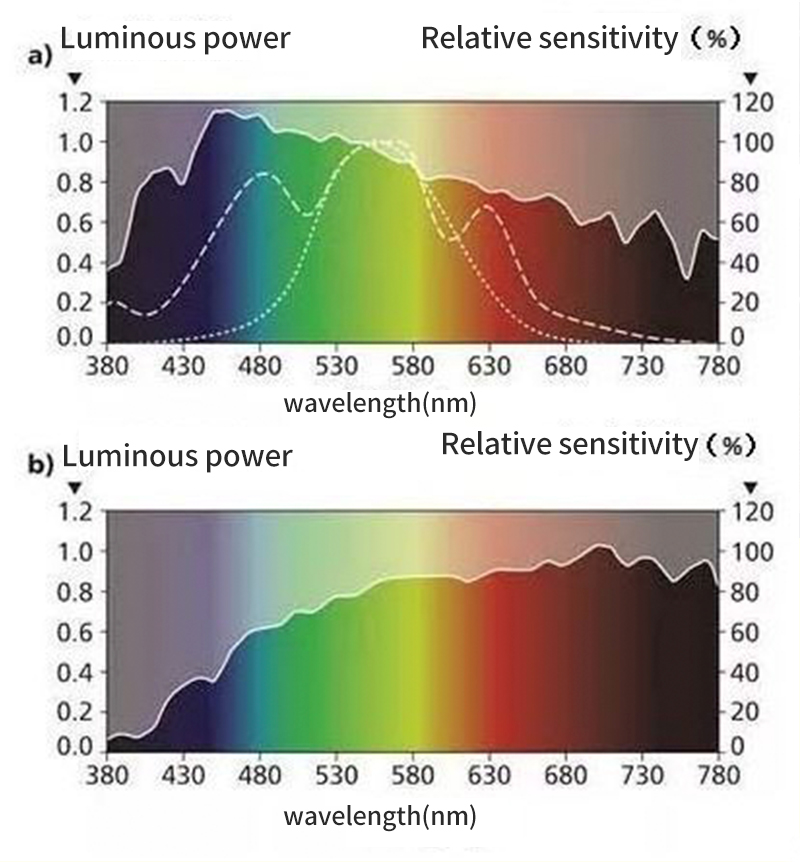
Figure 1. Daylight spectrum (a) and sunset spectrum (b)
Figure 1a shows the number of each color in daylight at noon. At this time of the day, blue and green are brighter than red. Figure 1b shows the number of colors in daylight at the end of the day. At this time, red is brighter than green and blue.
Comparison of incandescent lamps, fluorescent lamps, high-pressure sodium lamps, and LED lamps
Modern poultry lighting systems try to imitate the spectrum of the sun and provide a continuous spectrum that contains all colors without gaps in between. The incandescent lamp (Figure 2a) effectively simulates the sunlight at sunset, producing a continuous spectrum with more red, less green, and only a little blue. However, this spectrum cannot simulate midday sunlight. Some manufacturers try to coat the bulb to change the spectrum, but this method cannot produce a continuous spectrum. In addition, the efficiency of incandescent bulbs is very low, the lifespan is short, and lamps that meet the waterproof level are required. Of course, the production of incandescent lamps is gradually banned due to high energy consumption.
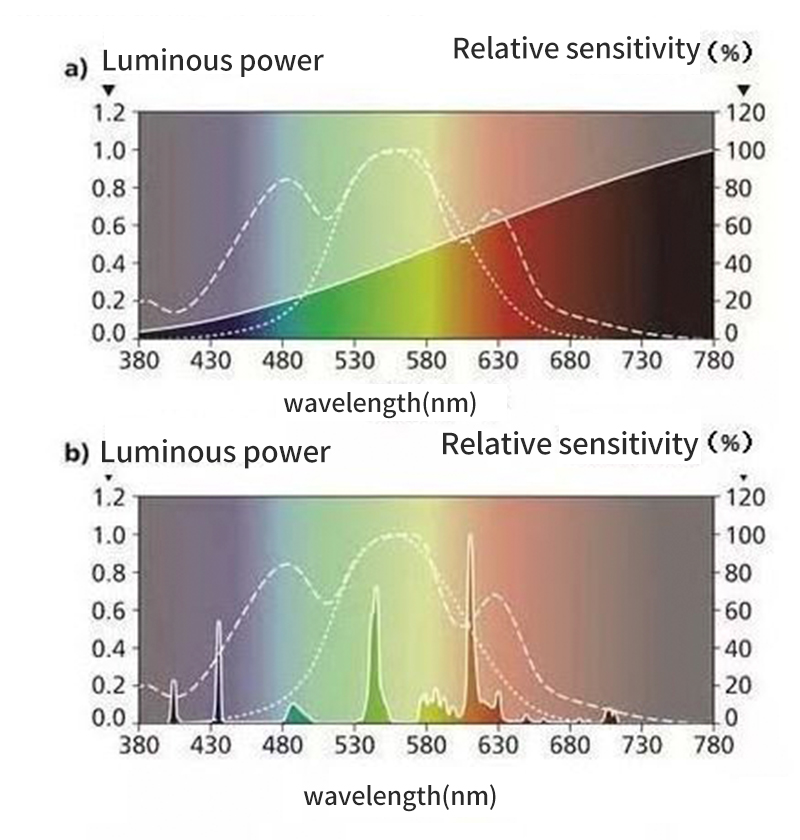
Figure 2. Incandescent lamp spectrum (a) and energy-saving lamp spectrum (b)
Compact fluorescent lamps (CFL) have good efficiency and produce white light, but the light output is designed for human vision. White light is produced by mixing red, green and blue. Therefore, there is a large gap in the spectrum between the red, blue, and green peaks, missing many of the red, blue, and green wavelengths that exist in sunlight (Figure 2b). The blue light is particularly weak, losing most of the deeper red. In general, compact fluorescent lamps do a very poor job of imitating natural light, are not easy to clean (curly shape), contain a small amount of toxic mercury, need a moisture-proof enclosure, and cannot be well toned.
High-pressure sodium lamps (HPS) have excellent efficiency and high light output, with the strongest color spectrum in red and yellow, giving the bulb a unique orange or amber color. However, like energy-saving lamps, many color spectrums are missing, especially green and blue. In addition, high-pressure sodium lamps are also difficult to dim, warm up slowly, must be equipped with ballasts, the initial cost is high, and contains sodium and mercury.
LED is the most efficient and environmentally friendly product in the poultry breeding lighting program. It produces white light by combining blue LEDs with red and green phosphors. The spectrum is close to continuous (Figure 3), blue is particularly strong, but there are also plenty of green and red. Although not exactly daylight, from a human point of view, LED lights provide an approximate spectrum of daylight, unlike other light sources with spectral gaps. The LED lamp has a long life (up to 100,000 hours), is durable, anti-vibration, and can easily achieve color temperature and color adjustment.
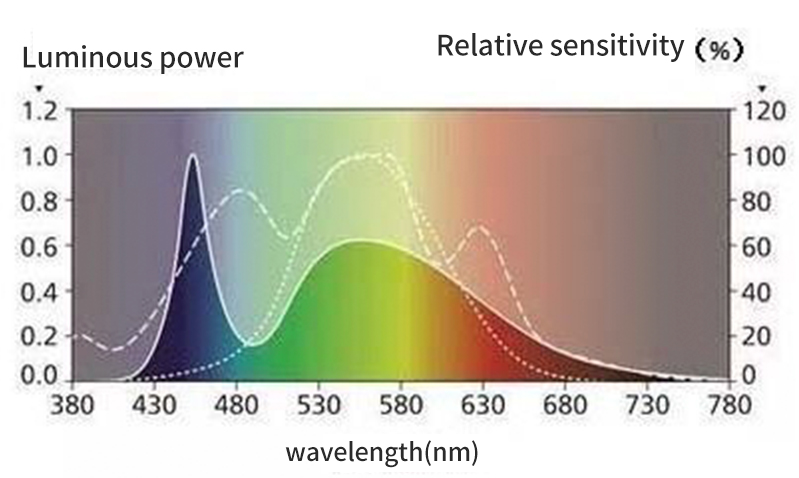
Standard white LED spectrum
Application of LED lights in poultry breeding industry
The biggest advantage of LED lights is that they can provide a customizable adjustable spectrum. The spectral sensitivity of animals is different from that of humans, as are the spectral requirements. By optimizing the spectrum, radiation and adjusting the light intensity of the chicken lights in the poultry breeding shed, farmers can create a good lighting environment for poultry, make the poultry feel happy, promote their growth, and reduce energy and feed costs.
Poultry eyes have four colors. Like humans, poultry has a peak sensitivity to green at 550nm. But they are also highly sensitive to red, blue and ultraviolet (UV). But the most significant difference between humans and poultry may be that poultry have the ability to sense ultraviolet light visually (the peak appears at 385nm).
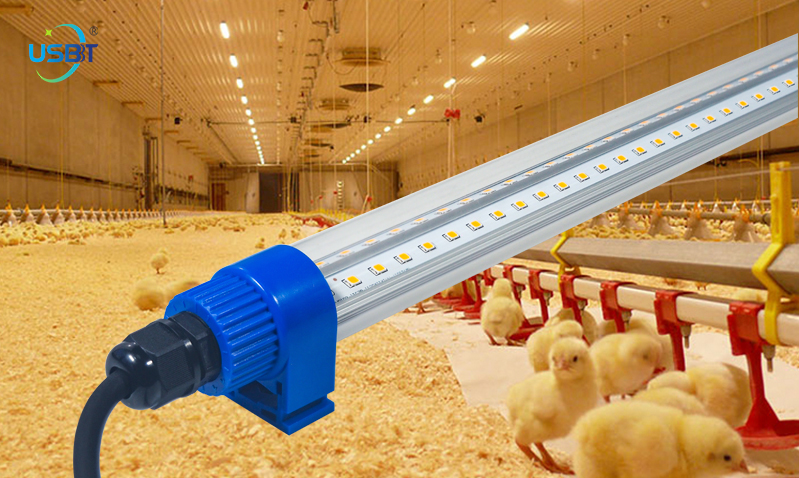
Each color has a significant effect on the physiology of poultry. For example, green light can enhance the proliferation of skeletal muscle cells and increase the growth rate in the early stage. Blue light can increase the growth of plasma androgens at a later age. Blue light reduces movement and also reduces the rate of cannibalism. Green and blue light can jointly promote the growth of muscle fibers. Overall, blue light has been shown to increase feed conversion rate by 4%, thereby reducing feed costs by 3% and increasing the overall live weigt by 5%.
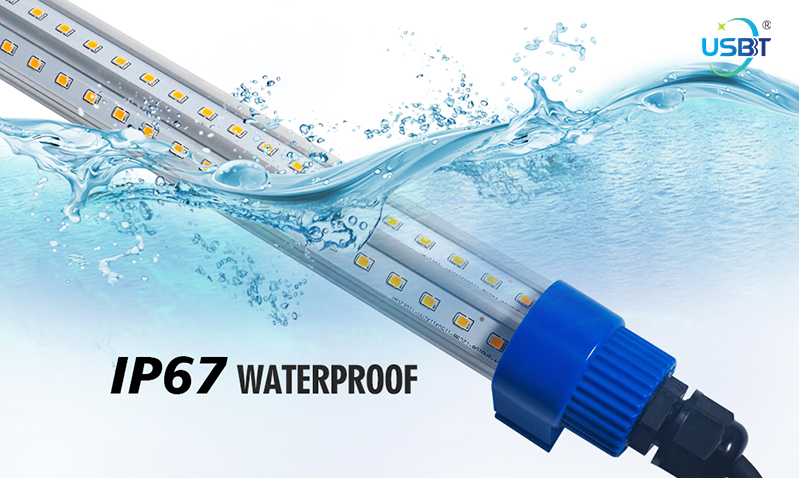
Red light at the beginning of the feeding period can increase the growth rate of the chicken, increase the amount of exercise of the chicken, and reduce leg diseases. Red light can also reduce the consumption of feed for each egg produced, and the produced eggs have no difference in size, weight, eggshell thickness, egg yolk and albumin weight. Overall, the red light has been proven to extend peak production, the egg production per hen can increase by 38 eggs, and the consumption may be reduced by 20%.
In the poultry breeding industry, LED chicken lamps have been widely used. Chicken lamps with different colors and different color temperatures are used in different breeding occasions. The flexible and convenient dimming method allows one LED chicken lamp to complete the entire breeding cycle, improving Improve the breeding efficiency and reduce the cost.
Contact: Mr.Kobe
Phone: 18948348953
Tel: 86 755 28332815
Email: info@bbtlight.com
Add: Floor 9th, Building 13th, Ocean Plaza, No. 16 Yifeng Road, Nanlian Community, Longgang Street, Longgang District, Shenzhen, Guangdong, China